Indian Kitchen Under Attack
A room that held immense importance might just vanish from our homes
Hey there, I welcome 100+ new subscribers who have joined since our last blog. At ‘Finding Outperformers’, we aim to bring you insights on stocks & macros that you won't find in research reports. We are about to reach 4,500 subscribers now - something that felt like a distant dream about a year ago when we had just crossed the 1,000 mark. This period has been full of learning, and every time I receive an email about a new reader subscribing, it motivates me even more to spend my weekends building this website - while managing corporate hustle on weekdays.
In today’s edition, we’re discussing how the need for a kitchen is slowly diminishing in modern households - and why its very existence might become questionable in the future. Expect a read that's high on imagination (mostly backed by data), coming your way below. If you have a different perspective, we’d love to hear it in the comments!
Today’s blog is long as usual, so would recommend reading it on our website. Now, let’s dive in!
Finding Outperformers is a free-to-access website, and you find our research useful, consider supporting our efforts by contributing here:
India’s Love for Processed Food
A typical 21st century household in our country has seen a classic application of Engel’s Law, which was proposed by German statistician Ernst Engel back in 1857. The law stated that as household income increases, the proportion of income spent on food decreases, as a larger portion of income is spent on housing, education & healthcare.
But there was another insight from the Engel’s Law which needs to be highlighted:
“Within food spend, people shift away from basic staples (like cereals) towards Protein-rich foods (meat, dairy, eggs), packaged/processed foods, health-conscious/ gourmet food”
In case of India we see that spend particularly on packaged/processed food has seen a multifold jump from 9% in 2000 to about 23% today as it has taken away the majority share from cereal & pulses spent. This comes in various forms like Ready-to-Eat (biscuits, chips, chocolate bars, breakfast cereals, energy bars, canned beverages), Ready-to-Heat (instant noodles, frozen meals, pre-cooked curries, frozen parathas) & Ready-to-Cook (pasta kits, instant dosa/idli mixes, marinated meats, frozen veggies).
While the impact of consuming such processed food on health is a topic for another blog, what I want to focus on here is that all the food forms mentioned above don’t actually require traditional cooking essentials (read: utensils) or a dedicated room in your house (read: kitchen). This might sound like an exaggeration, but let me try to explain what I’m getting at.
What you see below is a graph showing the last 3 years of revenue for India’s largest listed kitchenware brands - TTK Prestige and Hawkins - best known for their pressure cookers, which have long been their star products and top revenue contributors. Interestingly, their quarterly topline has remained flat over this period, despite the past 3 years being record-breaking for housing sales due to a real estate upcycle.
Human beings are inherently wired to make their tasks faster and more efficient (think of AI). The pressure cooker emerged as a revolutionary kitchen appliance, capable of cooking large quantities of staples like lentils, rice, and meat using steam pressure - saving both time and effort.
But perhaps we’re witnessing an uno-reverse moment. In urban India, people are increasingly losing interest in spending time cooking for themselves in their kitchens. This shift has had an adverse impact on TTK Prestige. With declining demand and growing alternatives, the company has lost its pricing power, especially in urban India - significantly affecting its margins and profitability.
Indian Household Size is Shrinking!
Back in 2008, only 37% of Indian households were nuclear, which has now risen to 50% in 2022, implying ~160 million households out of ~320 million households are now nuclear. Infact, as per Kantar’s Consumer Connections 2023 research, 3 out of 4 incremental households in India over the past 14 years are nuclear. Where our average family size used to be above 5 members as per 2001 Census, this has fallen to ~4.4 members in 2021.
One might assume that rising household numbers would boost demand for utensils like pressure cookers. But on the flip side, a psychological headwind is at play which I feel has much stronger impact. As household sizes shrink, the economics of cooking at home begins to break down. With more people moving away from their families for better jobs or education - often living alone in new cities - the mindset around cooking shifts significantly. The kitchen, once a functional necessity, starts to feel optional unless you decide to have a cook at home for preparing all your meals.
‘Cost of Food’ + ‘Time Cost’ on per person basis rises as family size shrinks.
Imagine cooking Idly Sambhar, a regular breakfast dish in South India, for a family of 5 v/s cooking it just for yourself or for your partner? While the total time taken would slightly vary in both scenarios, the time taken per person would therefore drastically impact your mindset.
On the other hand, keeping a cook at home is gonna cost you a lot more in coming time vs what it costs you today. Real wages for the blue-collar workforce are projected to increase steadily - a trend we discussed in our previous blog:
Rising Worker Population Ratio
The Worker Population Ratio (WPR) is the proportion of the working-age population (typically 15 years and older) that is employed. When this ratio rises, it usually means more people are working, which can have some interesting ripple effects on habits like cooking food at home. While ‘Male’ WPR has been at north of 70% and rising, what is interesting is ‘Female’ WPR has been sharply rising and almost doubled in the last 7 years as shown in the chart.
Imagine a working couple living together in Delhi away from their hometown - The amount of time spent on income generating activity being high, amount of time left for household related activities including self cooking is reduced by similar quantum. With higher disposable income as both are working, the tendency to prefer convenience, ordering out, having a cook at home, or dining at restaurants more often. In short, the tendency to cook food by yourself is bound to fall sharply.
Rise of the Shared Economy
The collaborative or gig economy, has seen a rapid rise in the past decade, driven by digital platforms that connect people to share access to goods and services. Instead of owning assets, users can now rent or share them, promoting efficient utilization. Popular global examples include Airbnb (home-sharing), WeWork India (co-working spaces) and more. This model benefits consumers through lower costs and flexibility, while providers can monetize underused assets.
One of the key evidence of the shift toward a stronger shared economy is Uber (ride-sharing). The number of cars sold worldwide peaked in 2018 where we sold over 80 Million cars, and we are today yet to cross that mark again. But all this while the demand for mobility hasn’t fallen but risen significantly as shown below.
There are several reasons supporting the rise of shared mobility over car ownership - including the rising cost of owning a vehicle, urban congestion, and limited parking in countries like India. However, the broader megatrend clearly shows that consumers are open & preferences are shifting globally for shared economy, though the triggers for this shift may vary from industry to industry, and country to country.
Cloud Kitchens - Shared Economy for Kitchens
“The reason behind large size of food industry in USA & China is that the cost of having food outside vs cooking at home is almost the same”
- Deepinder Goyal, Founder, Zomato (March 2024)
Restaurants and cloud kitchens typically operate at a large scale with efficient supply chains and significantly lower wastage during preparation compared to home kitchens. This operational efficiency enables them to generate strong profits in countries like the USA and China.
India, on the other hand, is still at a relatively early stage, as the habit of consuming food outside the home has only recently begun to shift. According to Bain’s report ‘How India Eats’, despite Indian cities being among the most densely populated in the world, the country has only 1,000 - 2,000 restaurants per million urban residents - compared to 7,000–8,000 in China and 7,000–9,000 in Brazil.
This statistic highlights the untapped potential for India’s food service industry to scale up. If restaurant density increases, it could trigger a positive cycle - greater scale allows restaurants to lower prices supported by better backward integration, making cooked food more affordable, which in turn boosts demand as more people opt to eat outside the home more frequently.
“If we have to target cooking at home, price of food that you order from outside has to be within 10 to 30% of the cost of cooking food that home. Currently differential is high.”
- Deepinder Goyal, Founder, Zomato (March 2024)
Rise of Cloud Kitchens in India - Wave 1
Coming back to their rise, with no dine-in infrastructure and minimal front-end staff, cloud kitchens operate behind the scenes, churning out meals optimized for delivery. What makes them particularly attractive in India is the perfect storm of changing consumer behavior, rising urban density, increasing demand for convenience, and strong investor appetite. And with rise of food delivery apps, there has been an explosion of brands across a wide range of cuisines with many being solely cloud kitchen (as shown in the slide below from Redseer’s report - The Big Bite. While only few of brands in below slide focus on functional demand for food service, most of the brands were able to scale to become a Rs 100 Cr+ revenue brand in span of just 2-3 years primarily be catering to top 10% of Indian population.
Rise of Cloud Kitchens in India - Wave 2
The Wave 2 of rise of cloud kitchen is focused towards convenience & customer preference. Started by quick commerce major Zepto Cafe & followed by Swiggy’s Snacc, Blinkit’s Bistro - they cater to the rising demand for instant gratification and convenient indulgence, especially among urban millennials. With efficient last-mile delivery, the options to order meals from are just exploding right now in India.
Changed Habits Rarely Rewind
Over 40% of food service demand today in India is driven by GenZ & younger population which is below 25 years of age. As they start growing order and start working, giving them the ability to pay on their own, their tendency to spend a larger amount on food service is bound to increase because its very difficult to rewire a brain that makes them cook their food on their own. Self cooking for many families will be a thing of past.
TO END: The less time we spend cooking at home, the less importance the room holds over time - ultimately leading to a shrinking allocation of space for a room that once held immense value i.e., Your Kitchen.
The impact of lesser space given to a kitchen at a home could first happen at Metro cities where rentals are high and a small pantry could suffice the purpose, implying lesser need for all the equipments that goes in a kitchen. Think of utensils that are used once in a while, think of kitchen furniture, think of chimneys, think of full-sized dishwashers, elaborate cooking ranges, large refrigerators, wall-mounted cabinets, spice racks, modular storage units, heavy-duty exhaust hoods, built-in ovens - the severity of impact will vary but this structurally negative trend could reduce the focus you give to your kitchen while building/upgrading your house.
That’s it for today! Do share this blog if you found this useful. Let me know your thoughts in comments below or connect with me on LinkedIn here to discuss.
Finding Outperformers is a free-to-access website, and each blog takes a month of effort to finalize. If you've read this far and you find our research useful, consider supporting our efforts by contributing here:
Read our recent publications here:
The Broken Indian Healthcare System
What issues does India face today & how is PB Fintech trying to solve them?
Can Indian Rupee reach ₹80/$ level?
Fast growing services trade surplus builds case for stronger currency
Disclaimers-
We are not a SEBI registered advisors; personal investment/interest in shares can exists for any company mentioned above; this isn’t investment advice but our personal thought process; DYOR (do your own research) is recommended; Investing & trading are subject to market risk; the decision maker is responsible for any outcome.


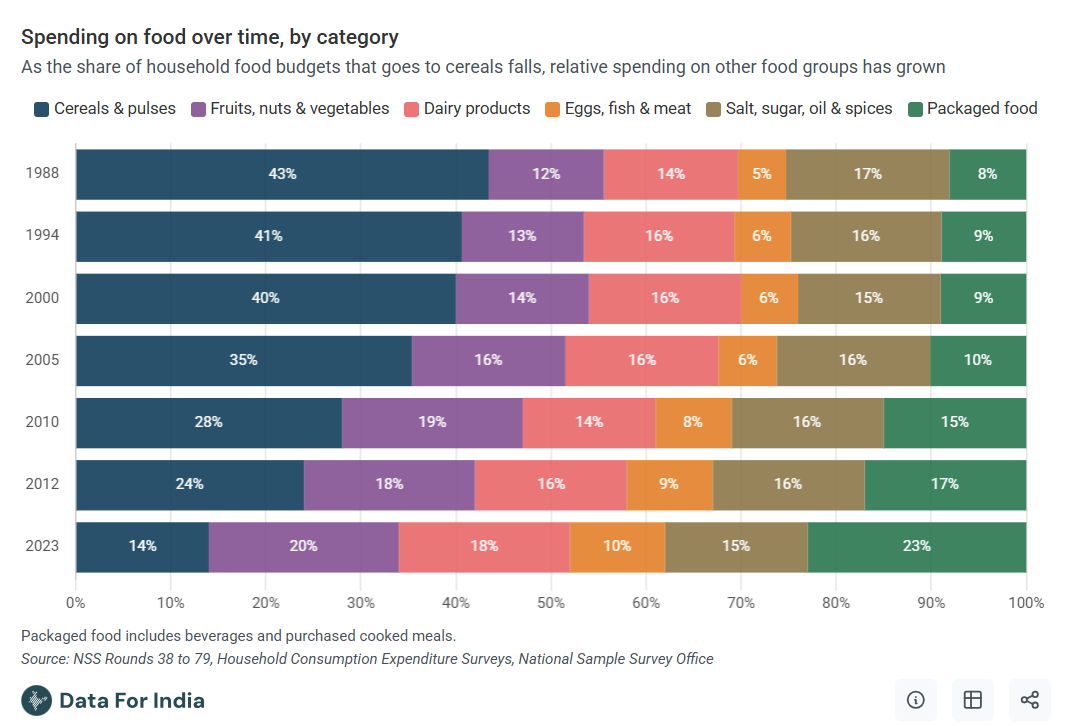
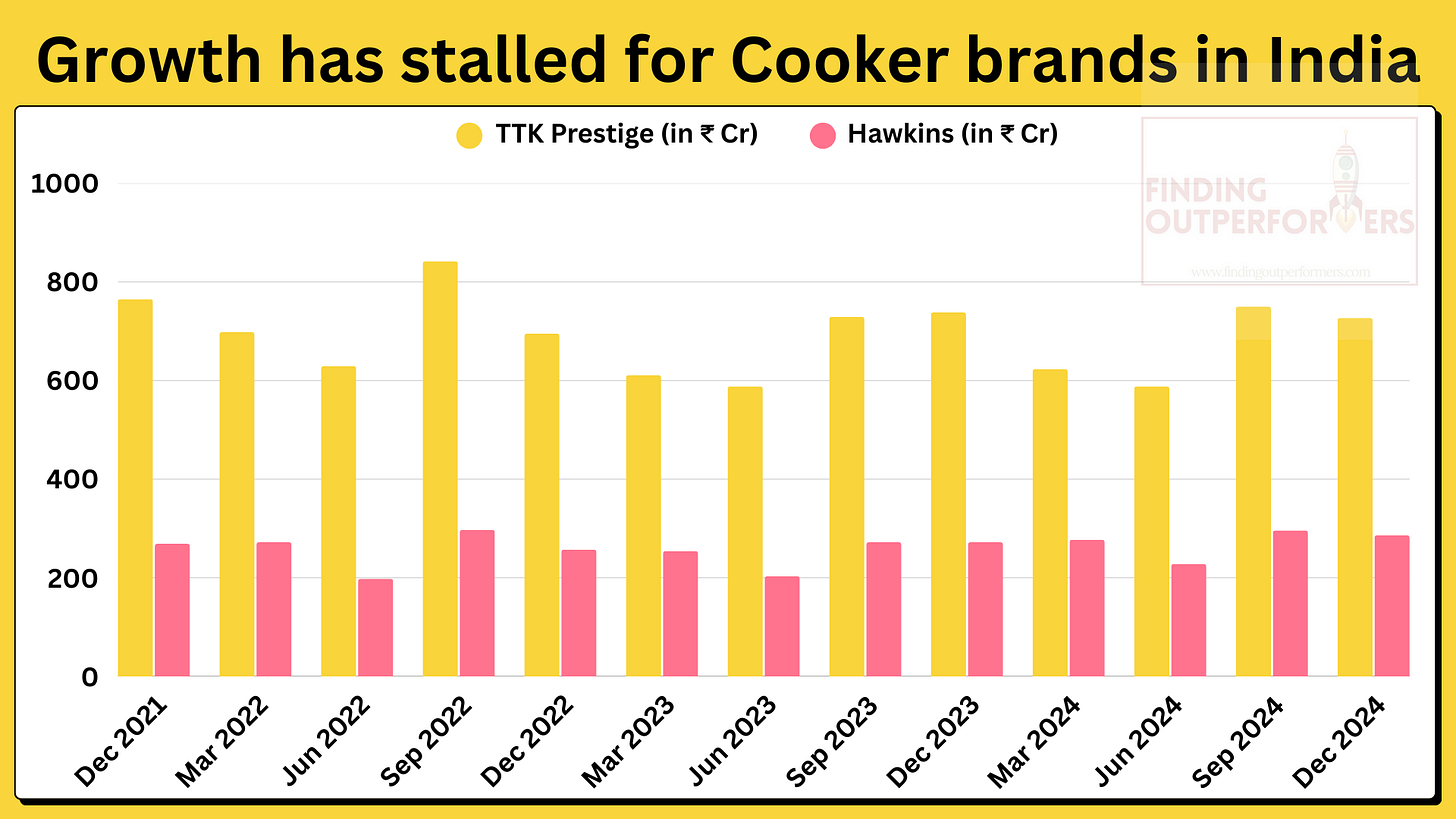
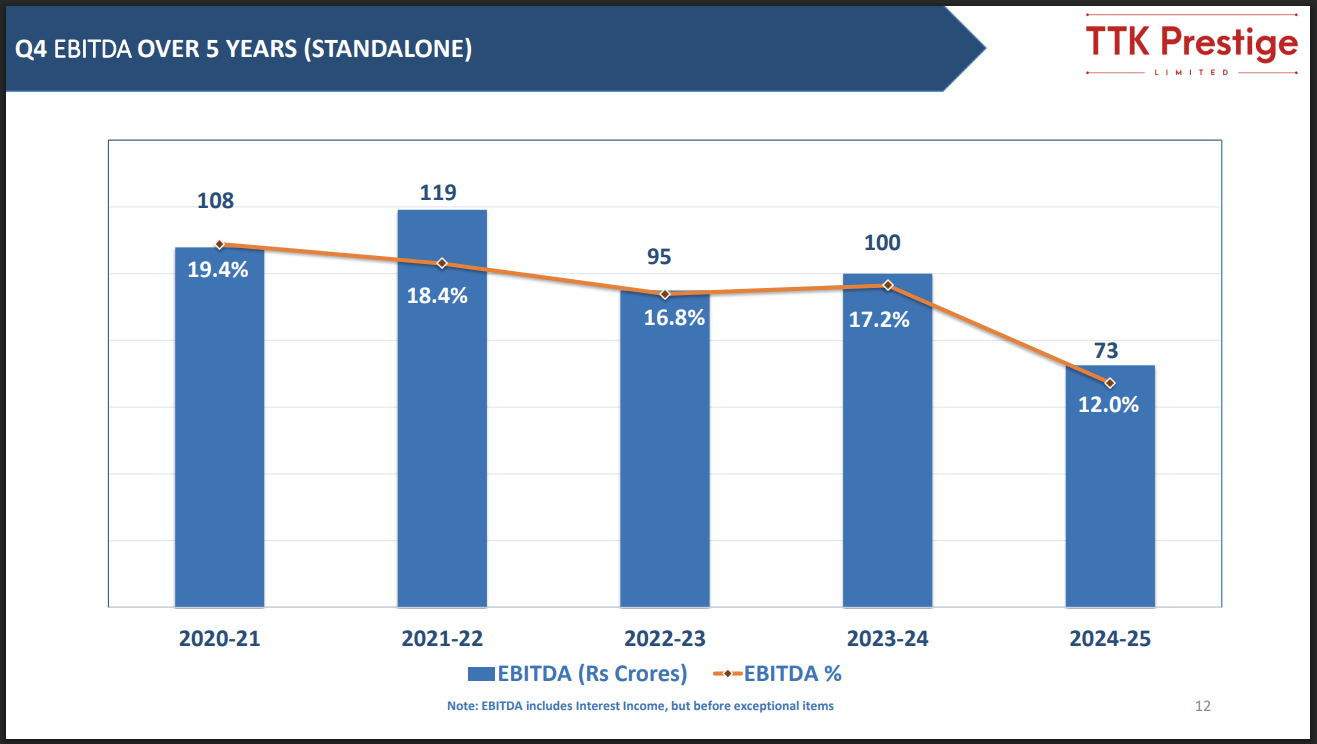



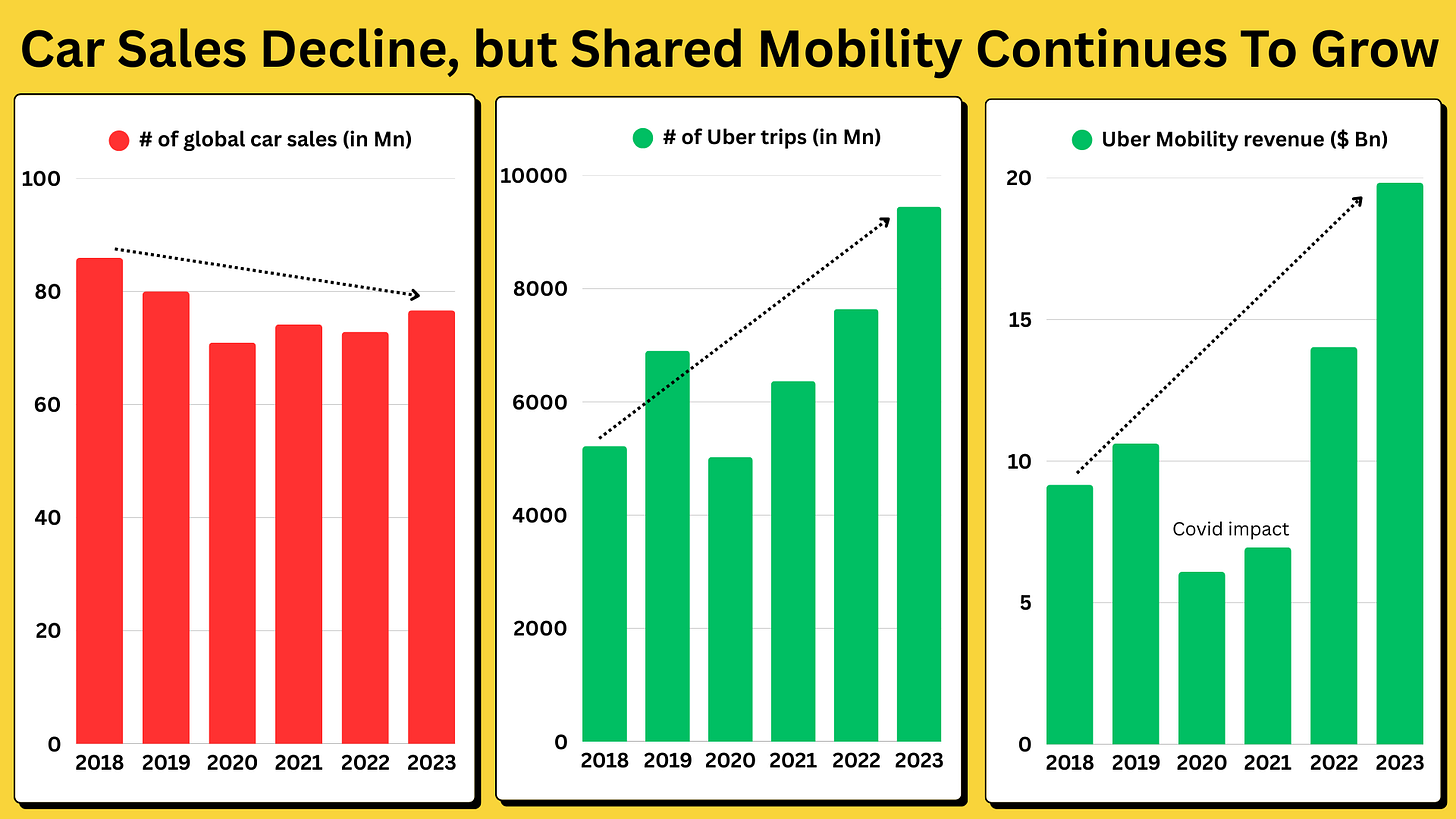

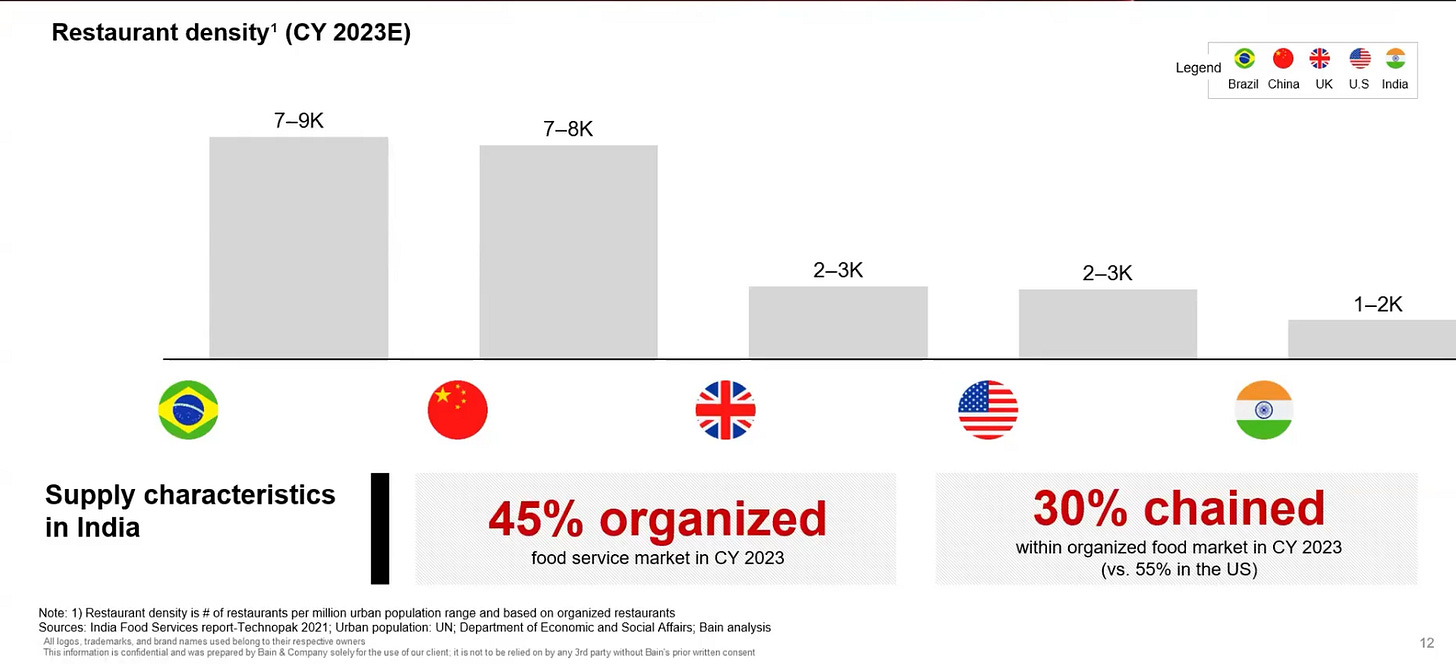





The TTK Prestige Q4 EBITDA margin graph does not show the full picture. The high margin years were Covid years with high demand, low supply, therefore higher margin. 2018-19 and 2019-20 margins hover around 13-15%. Not far from current 12%.
Overall nice blog